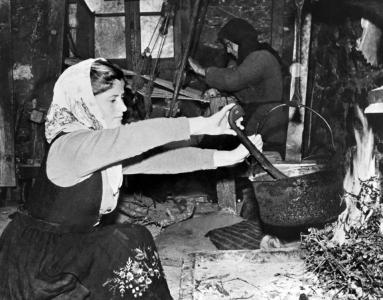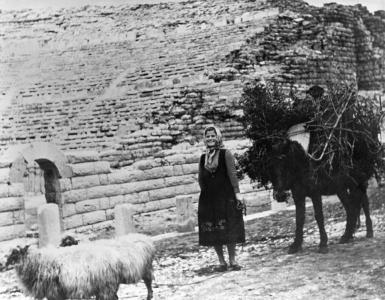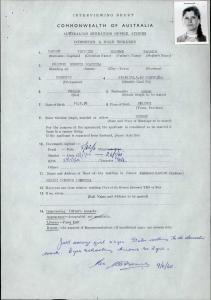The selection officer who interviewed Vassiliki Daflou in Athens described her as ‘just an average girl’. However, her so-called ‘average’ nature did not hold her back from being an ambassador for an Australian government campaign to encourage Greek women to migrate to Australia.
Greek migrants make up the third largest migrant group to come to Australia during the post-World War II mass migration movement, after the British and the Italians. A large number of Greeks came to Australia through chain migration and the Assisted Migration Agreement between the Australian and Greek governments.
Initially the assisted passage programs favoured the migration of Greek men, who provided semi-skilled and unskilled labour in rural and urban areas. The campaign to encourage migration also benefited the Greek government. Following World War II, Greece faced extreme hardship during and after the civil war. Migration was necessary to avoid increasing poverty and unemployment.
More women needed
By the 1960s the Australian government began to address the growing gender imbalance by actively recruiting single Greek women to come to Australia to work as domestics. Vassiliki, who applied to migrate to Australia in June 1960, was a perfect candidate for such a campaign.
Described as ‘small, pretty, and blue-eyed’ by immigration publicity officers, she was photographed in her home in Epiros, Greece and depicted as a poverty-stricken housekeeper with only primitive cooking amenities. She was later photographed in Sydney enjoying all the modern conveniences Australia had to offer a domestic worker, including cooking on a gas stove.
Like other assisted migrants, Vassiliki was required to undertake 2 years’ employment service in return for her assisted passage. According to the publicity campaign, Vassiliki was placed in a job as a domestic at a Sydney hospital and boarded with a Greek family.








